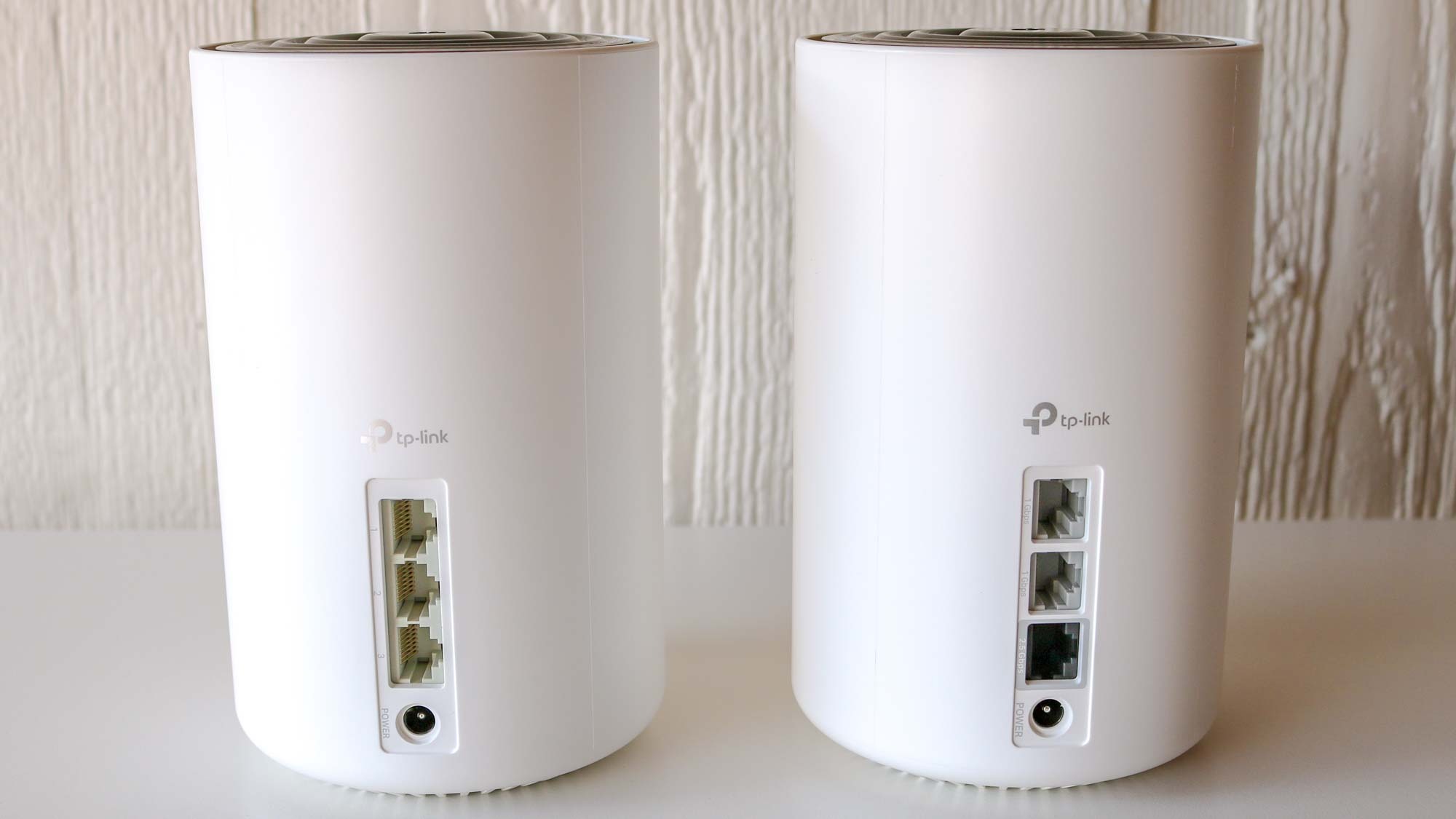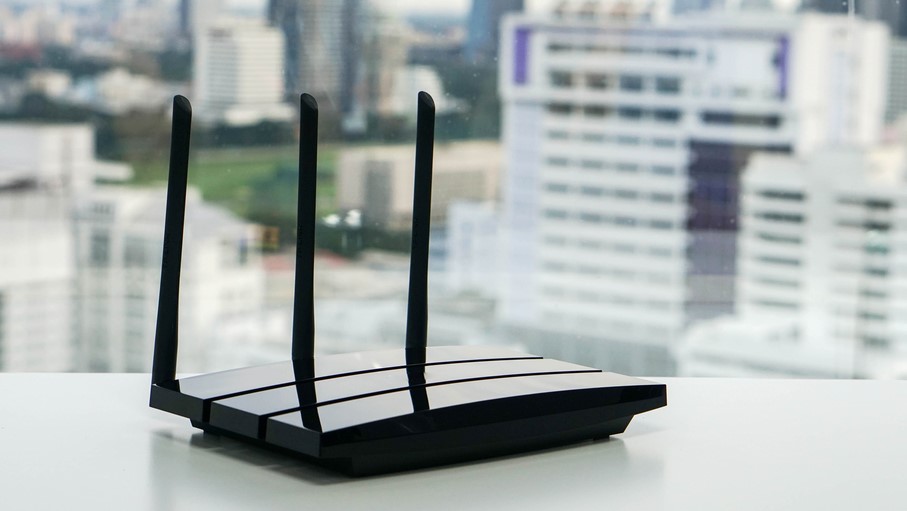What is a multi-gig router and do you need one?
If you’ve been experiencing slow internet speeds at home or want to finally break free from your ISP, it might be time to upgrade your Wi-Fi router. Fortunately, there are plenty of great routers to pick from among the best Wi-Fi routers and even the best mesh Wi-Fi systems.
Now that Wi-Fi 6E is gaining traction and Wi-Fi 7 is set to arrive later this year, you could be looking at a big speed boost – especially if you’re upgrading from a Wi-Fi 6 router or even an older device. This is because gigabit internet is being rolled out to even more parts of the U.S. and the rest of the world. However, what if you’re a power user that really has a need for speed?
This is where multi-gig internet comes in. As the name suggests, multi-gig internet means any internet plan with speeds faster than one gigabit. Multi-gig plans start at just over a gigabit (for instance I have Xfinity’s Gigabit Extra plan with speeds up to 1,200 Mbps) but can reach all the way up to 5 gigabits per second (Gbps).
To utilize all that extra bandwidth though, you’ll need one of the best cable modems — with support for DOCSIS 3.1 as this gives you a maximum downstream capacity of 10 Gbps — along with a multi-gig Wi-Fi router.
Even if you only have gigabit internet now, picking up a router with multi-gig Ethernet ports will ensure your home network is future proof and you won’t have to upgrade again for some time. This is everything you need to know about multi-gig routers along with whether or not you necessarily need one right now.
Multi-gig Ethernet ports explained
In order to have the fastest home network on the block, you’re going to need a Wi-Fi router with multi-gig Ethernet ports. Fortunately, TP-Link, Netgear, Linksys and a lot of other networking equipment device manufacturers are already starting to include these ports on their high-end devices.
Unlike the 10 gigabit ports found on devices used by businesses that don’t support intermediate speeds, newer 2.5 gigabit multi-gig ports can support a range of speeds from 10 Mbps, 100 Mbps, 1 Gbps all the way up to 2.5 Gbps.

For example, take a look at these two mesh routers from TP-Link. While they appear nearly identical from the front with the Deco logo and a “6E” that shows they support Wi-Fi 6E, you can see what sets them apart from the back.

The mesh router on the left is the TP-Link Deco XE75 while the one on the right is the Deco XE75 Pro. What makes it a pro model? The fact that it has a 2.5 Gbps port under its two gigabit Ethernet ports.
With that 2.5 Gbps Ethernet port, you can plug it into a DOCSIS 3.1 cable modem to set up a home network with gigabit plus speeds — granted you’re paying for a more expensive internet plan from your ISP. It’s worth noting that any devices you plug into the other ports will be limited to gigabit speeds but other high-end routers — like some of the best gaming routers — actually have multiple 2.5 Gbps Ethernet ports and this will no doubt become standard when Wi-Fi 7 routers begin rolling out later this year.
These ISPs offer multi-gig plans

If you do decide to upgrade to a multi-gig router, you’re going to need a multi-gig internet plan to go with it. Several Internet Service Providers (ISPs) already offer multi-gig plans that range from 2 Gbps all the way up to 5 Gbps.
For instance, AT&T has two multi-gig options to choose from: Fiber 2000 (opens in new tab) and Fiber 5000 (opens in new tab). The first plan gives you speeds of up to 2 Gbps and comes in at $110 per month. For slightly more though, AT&T’s Fiber 5000 plan gives you more than double the speed (5 Gbps) at $180 per month.
Xfinity’s Gigabit Extra (opens in new tab) plan gets you speeds slightly over 1 Gbps but its Gigabit Pro (opens in new tab) plan offers speeds of up to 6 Gbps. The catch though is that it’s quite expensive at almost $300 per month but if you’re a small business owner that works from home, you might be able to justify that price.
Frontier also has a multi-gig plan similar to AT&T’s. Its Fiber 2 Gig (opens in new tab) plan gives you speeds of up to 2 Gbps at just $100 per month but availability is quite limited at the moment. Along those same lines, Google Fiber also has a 2 gigabit plan (opens in new tab) for the same price.
A future-proof upgrade

Even if you’re not quite ready to upgrade to a multi-gig internet plan, a multi-gig router is a future proof upgrade that should last you for years. How often do you really upgrade your home networking equipment?
Besides faster upload and download speeds, if your multi-gig router has multiple 2.5 gigabit Ethernet ports, you can also use them for connecting other devices to your network. For instance, many NAS or network attached storage devices have these kinds of ports and you can use them alongside those on your router to quickly transfer data from your computer.
Multi-gig internet will one day become as ubiquitous as gigabit internet is quickly becoming and with a multi-gig router, you’ll be fully prepared to get the fastest speeds at home which can be great with one of the best laptops or even one of the best streaming devices as you’ll be able to use them to their full potential without any lag whatsoever.
For all the latest Technology News Click Here
For the latest news and updates, follow us on Google News.
